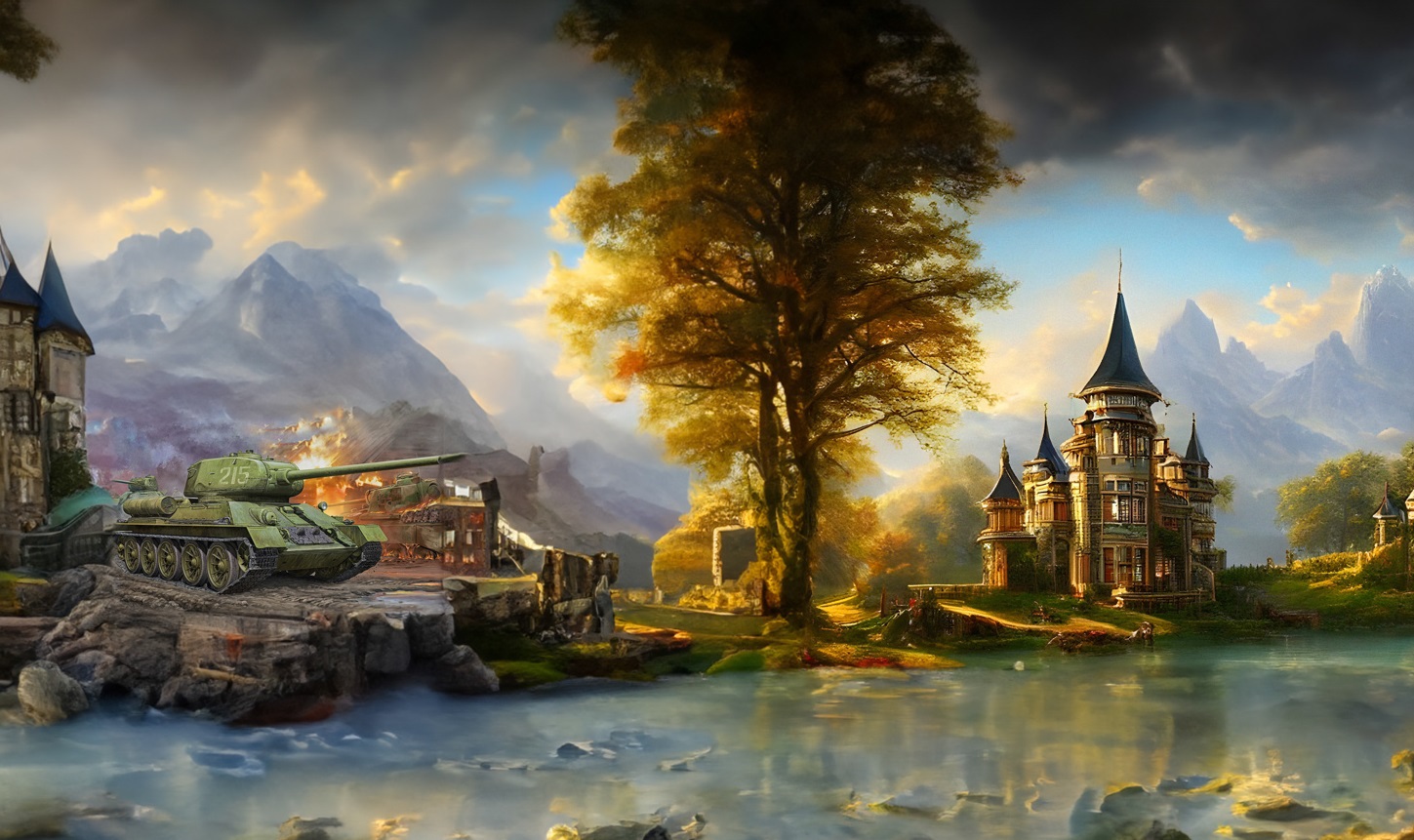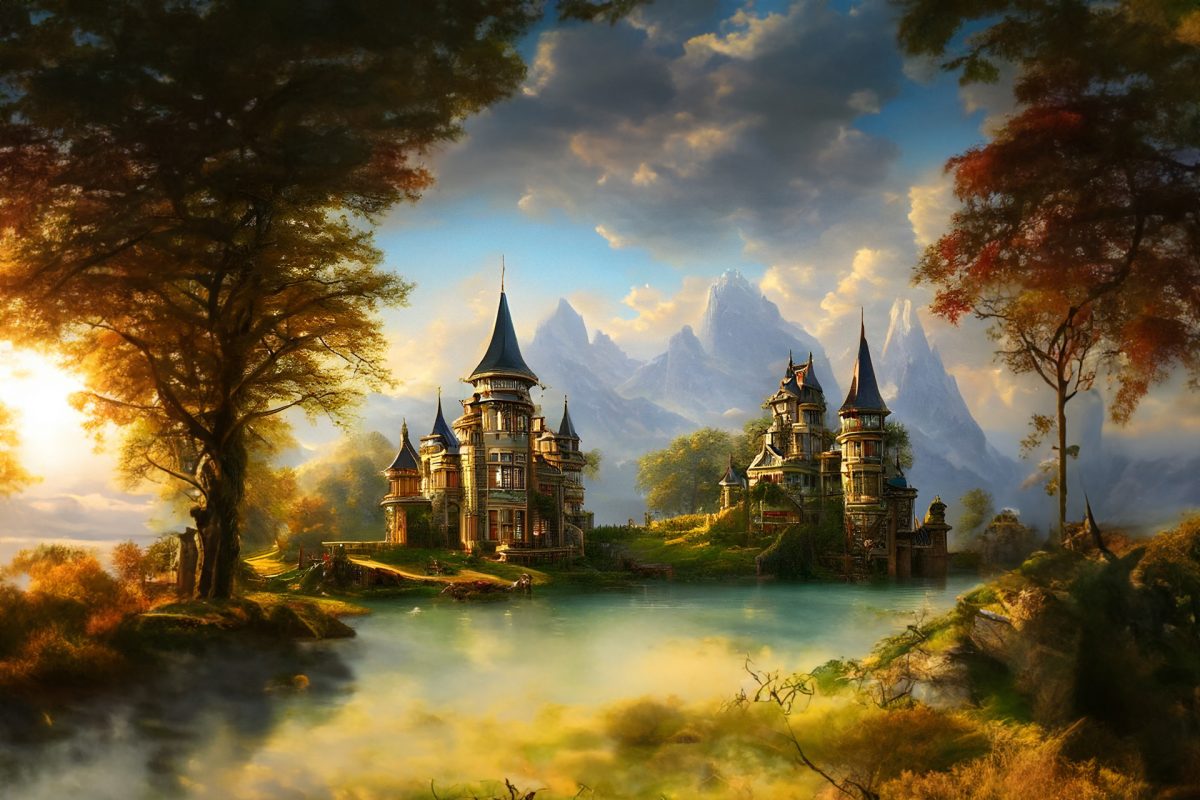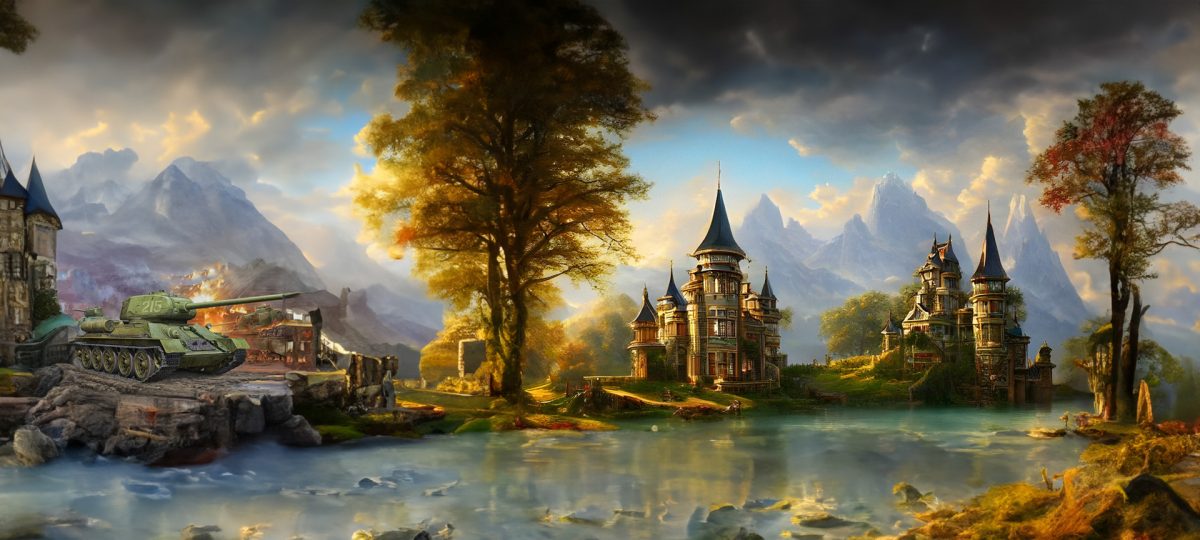When generative AI seemed to be outpacing traditional photo editors, Adobe came up with a solution that could completely change the balance of power.
As we wrote previously, Adobe recently made the Generative Fill beta available in Photoshop, and accordingly, users immediately began exploring what this turbocharged image editor could do with AI. Although some of the functions may already be familiar, generative filling greatly simplifies the previous operations, and gives users options that neither Midjourney nor DALL-E have.
Generative fill works on essentially the same basis of text-to-image as the image-creation software mentioned above, i.e. users can give the AI a description of what they want to see in an image, and the neural network transforms the image accordingly or creates a completely new one if the canvas is left blank.
To use generative fill, we must first select a part of the image, then a text field will immediately open, where we can write in English how we want to transform the selected part. With this method, we can easily remove unwanted elements from the image, which we have been able to do in Photoshop so far, but with the new functionality it has become much easier to do.
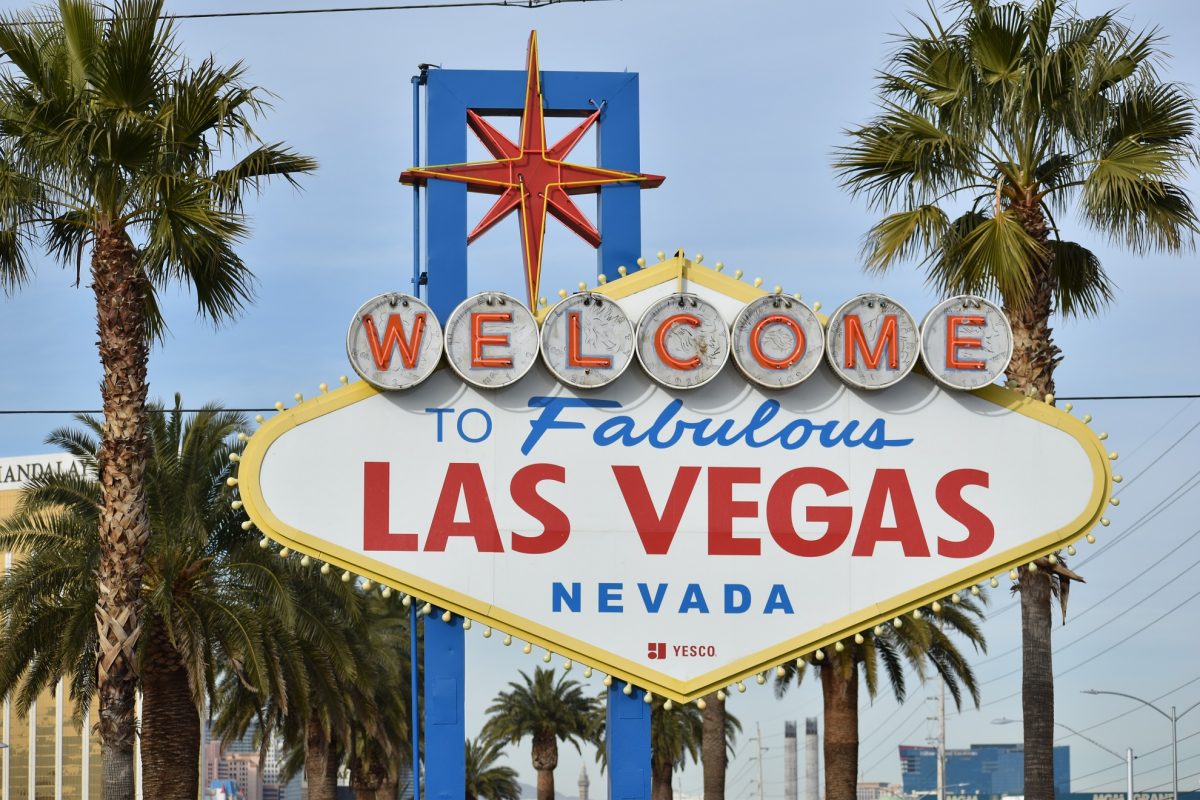
The system works equally well even if we do not want to replace individual elements, but a larger part of the image, for example the sky.

One of the most interesting functions of Generative Fill is that it can independently generate the environment of the image, that is, if the canvas is set to be larger than the original image and then the blank part is selected, the AI will generate the “missing” parts of the image. The only thing you should pay attention to here is that the selection should stop a little in the image, otherwise it often happens that Photoshop does not know what to add.
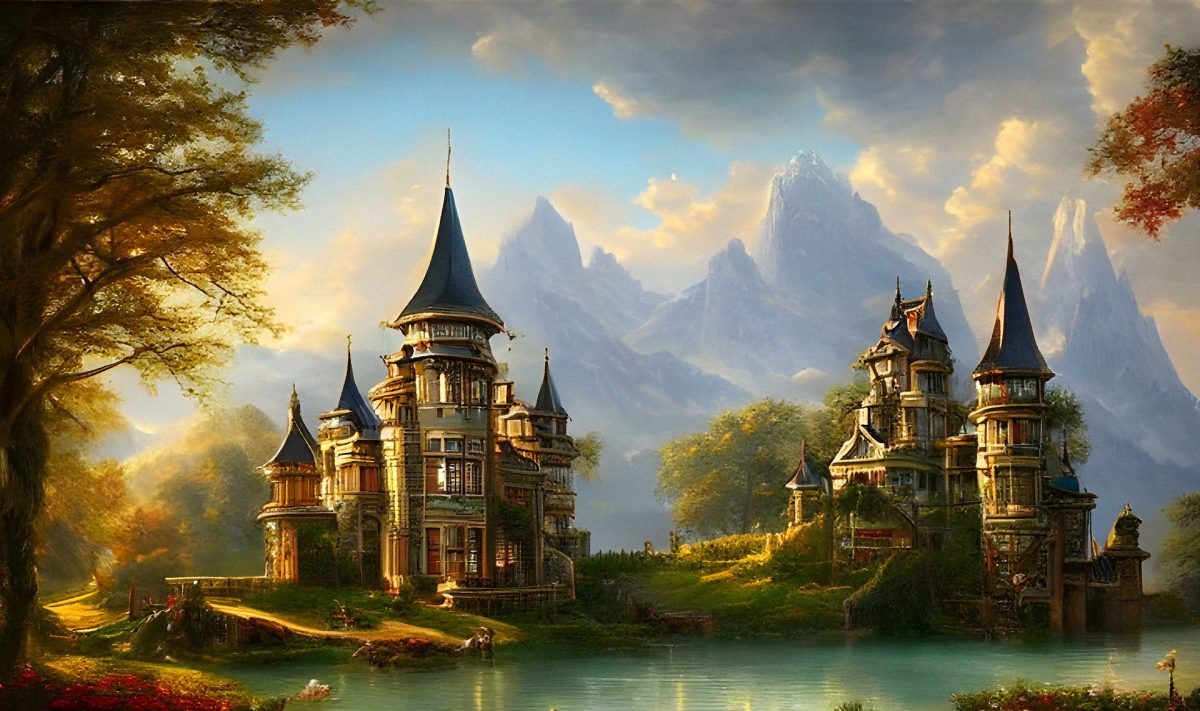
According to our experience, the system does a very good job even if you put not one but several independent images on the canvas, the AI composes them into one image in a very professional way.
The generative fill function can also be used as a traditional image generator, that is, if a blank canvas is opened, the AI can create an image from scratch based on the specified keywords. Although Photoshop is still a bit behind in this regard compared to the latest version of Midjourney, at the same time, it is a fact that Generative Fill can actually do things that other image creation software can’t.
As mentioned, Generative Fill is currently in beta, which we have to install separately in Creative Cloud. This can be done as follows: in Creative Cloud, click on the Apps tab, then in the left menu, under Categories, find the Beta Apps option, here next to Photoshop (Beta), click on the Install button. Creative Cloud can be used for free for seven days after registration, so even those who do not want to subscribe to an Adobe service can try the new functionality, but it is worth keeping in mind that if we do not cancel the subscription in time, Adobe will automatically deduct the subscription after the end of Trial period.Monthly subscription fee from our account.
(Photo: Áron Bobák/Rakéta.hu, pixabay)








































